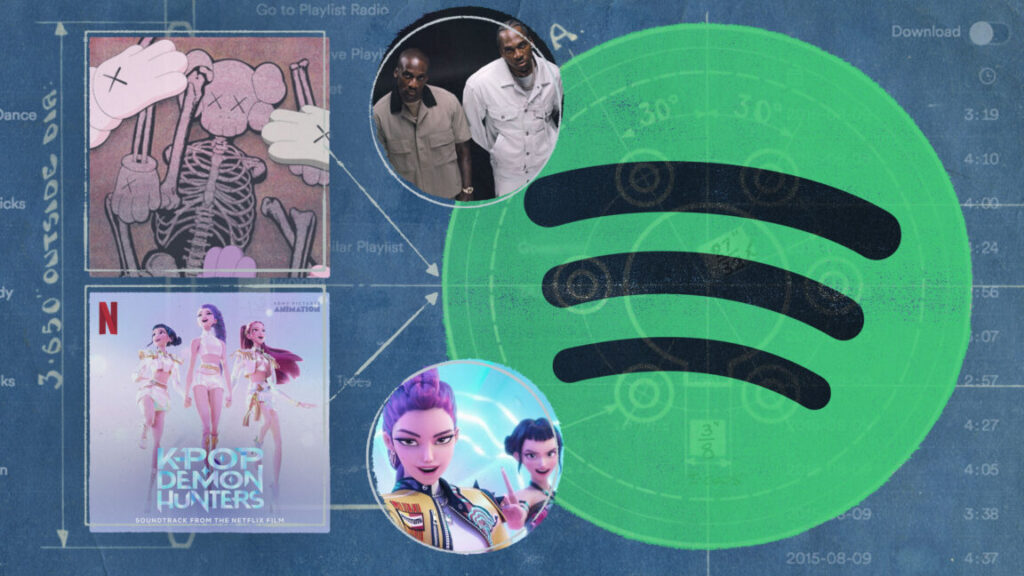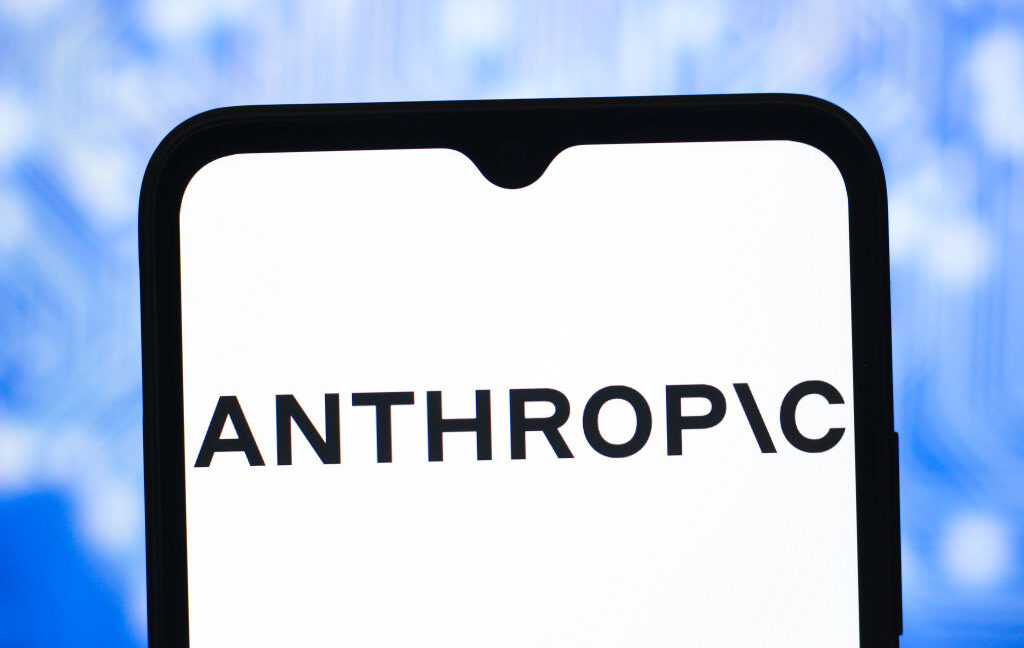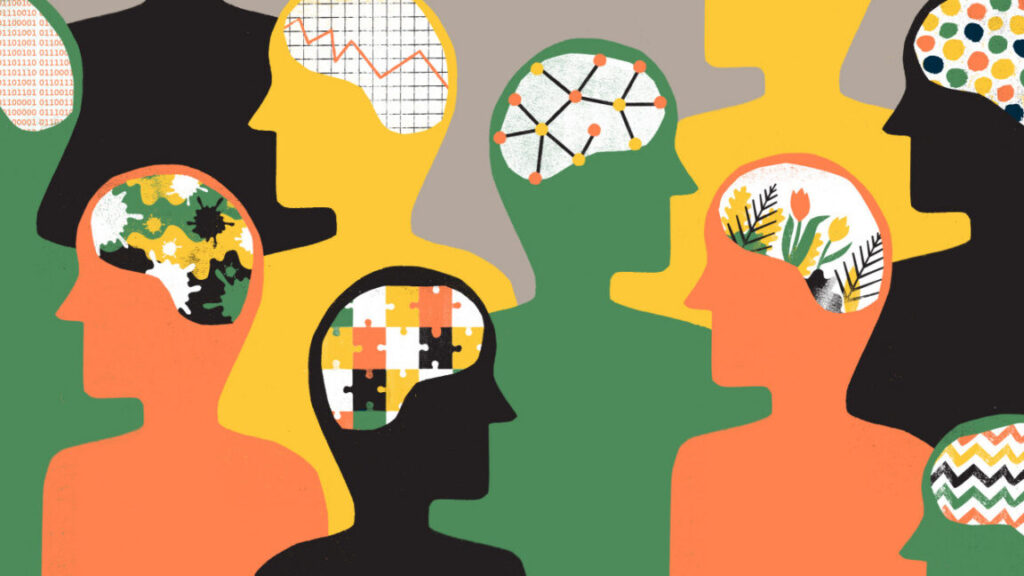One of Google’s new Pixel 10 AI features has already been removed
Google is one of the most ardent proponents of generative AI technology, as evidenced by the recent launch of the Pixel 10 series. The phones were announced with more than 20 new AI experiences, according to Google. However, one of them is already being pulled from the company’s phones. If you go looking for your Daily Hub, you may be disappointed. Not that disappointed, though, as it has been pulled because it didn’t do very much.
Many of Google’s new AI features only make themselves known in specific circumstances, for example when Magic Cue finds an opportunity to suggest an address or calendar appointment based on your screen context. The Daily Hub, on the other hand, asserted itself multiple times throughout the day. It appeared at the top of the Google Discover feed, as well as in the At a Glance widget right at the top of the home screen.
Just a few weeks after release, Google has pulled the Daily Hub preview from Pixel 10 devices. You will no longer see it in Google Discover nor in the home screen widget. After being spotted by 9to5Google, the company has issued a statement explaining its plans.
“To ensure the best possible experience on Pixel, we’re temporarily pausing the public preview of Daily Hub for users. Our teams are actively working to enhance its performance and refine the personalized experience. We look forward to reintroducing an improved Daily Hub when it’s ready,” a Google spokesperson said.
One of Google’s new Pixel 10 AI features has already been removed Read More »











